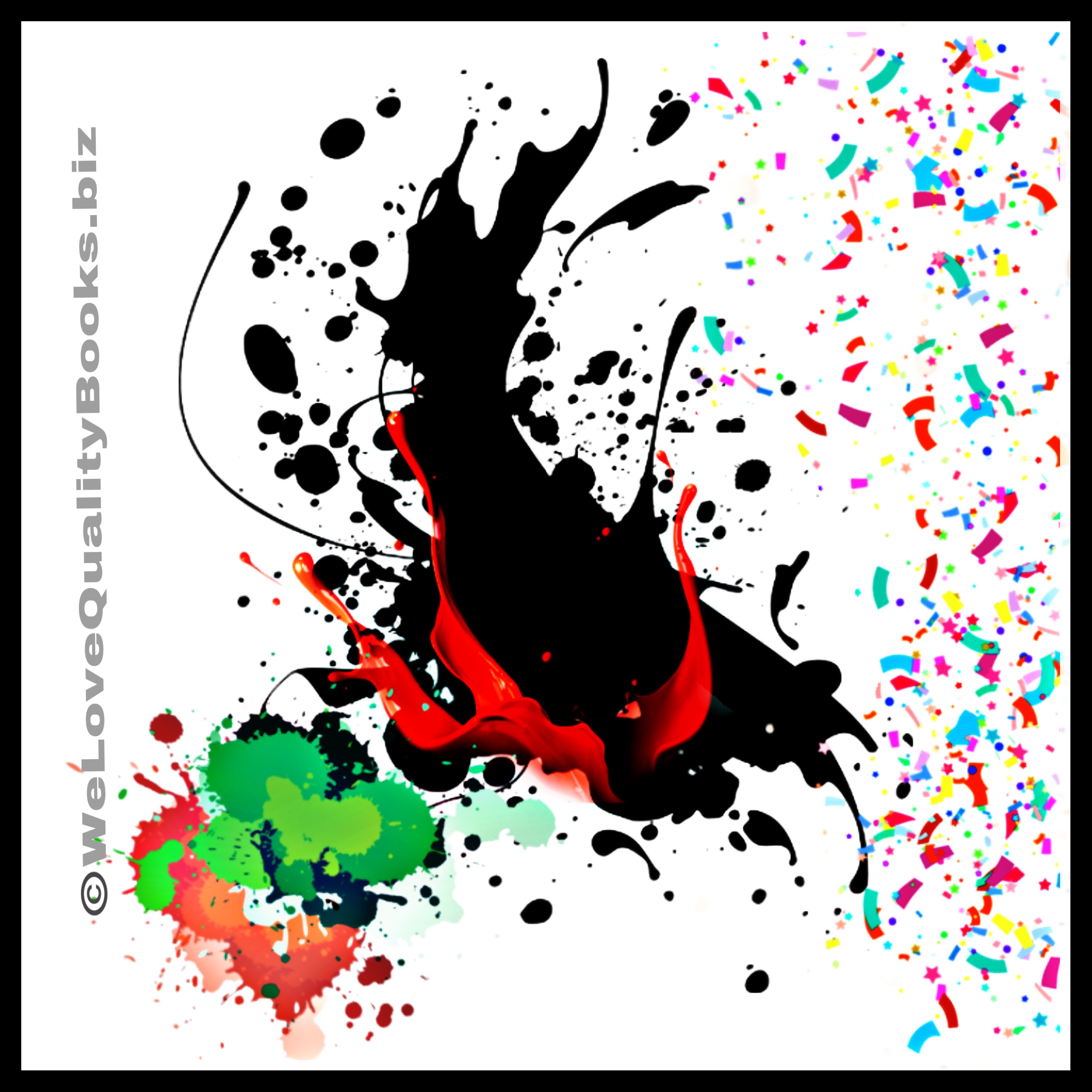Much ink has been spilled over for centuries to bring stories to life. Many have inked something in. Some have ended up bleeding red ink in their pursuit of spreading their words across the world. Some ink slingers have inked their victories with bestsellers. And there will be many more who would do so in future.
What is it that makes words reach across generations, races, countries, and civilizations? What makes the words a reality? How do readers find out how writers think? What makes bestsellers a reality?
It is Ink.
Without ink, there would be no books. And we love books at We Love Quality Books. So, how can we not talk discuss ink – the crew of book publishing.
Over 20 billion US Dollars was earned as revenue through printing ink in 2011 (https://en.wikipedia.org/wiki/Ink). However, ink is not a new component. It’s an ancient ingredient that has been used continually over the years.
The use of ink goes as far back as 26 Century BC. China used graphite and animal fat to make ink. But if we look back further through the history of civilization, the use of ink probably existed much before the 26the Century BC. The Vedic age in India existed sometime around 30,000 BC. The four scriptures that basically define India and Indian mythology were written using some kind of substance although not much information has been gained about the kind of ink that was used to write the four scriptures.
Some kind of ink also existed during the Harappan Civilization as well that existed between 3500 and 1900 BC. They used symbols to write their text which is still undeciphered. The ink they used to write the text (when they were not on clay tablets) is still a mystery.
For centuries plant extracts and animal fat with soot was used to produce the writing material called ink.
Around 13,000 BC iron extracts were mixed with a plant extract called tannin to produce a thick liquid that was used as ink.
In Medieval Europe (800 AD – 1500 AD) processed plant extracts with wine were used to produce a thick liquid writing material or ink.
Johannes Gutenberg was a German printer and publisher who came up with the first printing press. He used a dye made of soot, varnish and egg white as ink in his printing press. Later a mixture of soot, turpentine oil and walnut oil was used to make an oily ink. Today, we generally use synthetic ink in publishing.
The global printing ink market in 2017 estimated to generate a revenue of an average of $18 million (https://bit.ly/2MUtC2c). Of that, Hewlett Packard made an annual revenue of $18.8 million in 2017 (https://bit.ly/2MPVvsl).
Ink is not only used to write books. Ink is also used to etch a new system of government. For example, India, Mexico, Indonesia, Malaysia among other developing countries use ‘unremovable’ ink to ensure a smooth electoral process.
Ink has been used through generations. It has left an indelible mark on the history of civilization. Without ink, there would be no written history, no books and probably no democracy (in the modern era).
What makes ink one of the most powerful elements in human advancement? How has ink engraved its influence through centuries and ages?
It is the boldness of its character that makes ink a powerful component. The power of ink was best described by the playwright, William Shakespeare in the comedy ‘Twelfth Night’- ‘Let there be gall enough in thy ink, though thou write with a goose-pen, no matter. -William Shakespeare.’
So, spill it, scribble, write and draw. Ink your thoughts to create the bestseller of your life.
